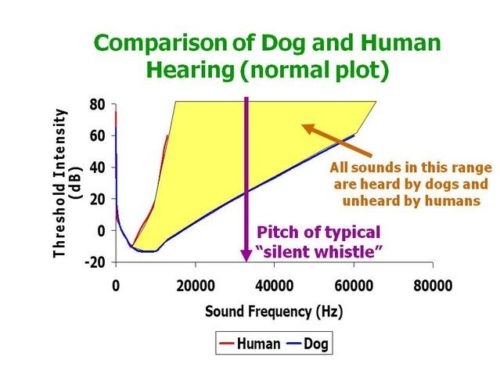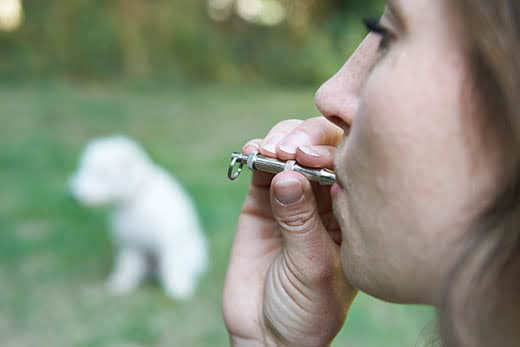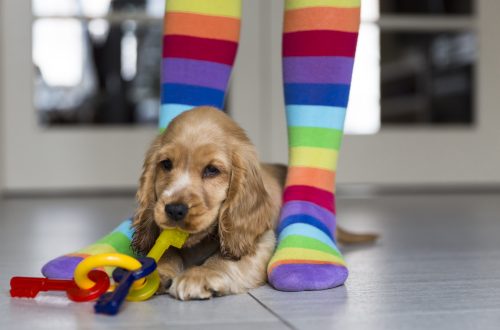
How Does a Dog Whistle Work: Pros and Cons
Training a four-legged friend is an important part of the education process. It has many benefits, including giving your puppy socialization skills and obedience training. A whistle for dogs in the process of training can be a good option.
But there are also several questions. For example, is a whistle harmful for dogs and does this accessory have any special features?
Contents
How does a dog training whistle work?
Whistles are used for dog training and communication with them for several generations. Prior to this, people communicated with their pets using the usual whistle. You can use this accessory to “talk” to your four-legged friend and control his behavior, just like using verbal commands or clicker training for sit and stand positions or fetching.
Pets respond to even the quietest whistles because they are able to hear at much higher frequencies than humans. “At low sound frequencies of about 20 Hz, dogs and humans hear about the same thing. The situation changes at high frequencies of sound: dogs can hear at frequencies up to 70-100 kHz, that is, much better than humans, who hear at frequencies no higher than 20 kHz,” scientists from University of Adelaide in Australia. This means that the hearing threshold of a four-legged friend is at least three times higher than that of a human. Sometimes it may seem that the dog is reacting to noise that is not there, although in reality he simply hears what is inaccessible to the human ear.

The owner may need to try out several different types of whistles to determine which one offers the dog’s preferred range of sounds. Learning to use this accessory is best started by learning the correct use of the whistle and then playing to find out which keys are suitable for different commands.
Sound and silent whistles
You can choose from two types of whistles: sound or silent. Silent in this case means that people can’t hear it, but not dogs. Some whistles also have adjustable pitch.
Sound whistles are useful in practicing sounds, providing stability when they are extracted. This style of interaction is very similar to the whistle used in sporting events, in particular in herding dog competitions.
Many owners prefer a silent whistle because it creates less noise interference for people. This accessory, invented in 1876 by Sir Francis Galton, was used to test hearing levels in humans, cats and dogs. The term “ultrasonic dog training whistle” is more accurate – this whistle makes sounds at ultrasonic frequencies. According to researchers Psychology Today, the advantage of this accessory is that these sound signals travel a greater distance than the human voice. Therefore, the pet can hear them when further away from the owner.
Do your pet’s ears hurt when using high frequency sound for dogs
If used correctly, the whistle will not harm the pet. It is important to read the manufacturer’s instructions carefully and discuss any questions you have with your veterinarian.
Since four-legged friends hear at much higher frequencies than humans, they are naturally more sensitive to sounds. You can not bring the whistle closer to the ears of the animal and blow at full strength. As Dr. Pippa Elliott, BS Veterinary Medicine and Surgery (BVMS), Fellow of the Royal College of Veterinary Surgeons (MRCVS), writes for Petful, “Noises at peak listening levels can cause pain in a dog if they are loud enough. It’s like the difference between a referee’s whistle on a soccer field and the same whistle right in your ear.” This is a big difference.
It is important not to forget about other animals in the house and surroundings. Cats hear high frequency sounds even better than dogs, and react accordingly. A sound that seems soft enough to a human can be distressing to a dog or cat.
As with any behavioral training, when using an ultrasonic whistle for dogs, patience and consistency will be the main success factors.
See also:
- 9 basic commands to teach your puppy
- How to wean a dog from bad habits and teach him to control his impulses
- Five tips for training your puppy
- How to teach the “voice” team: 3 ways to train





